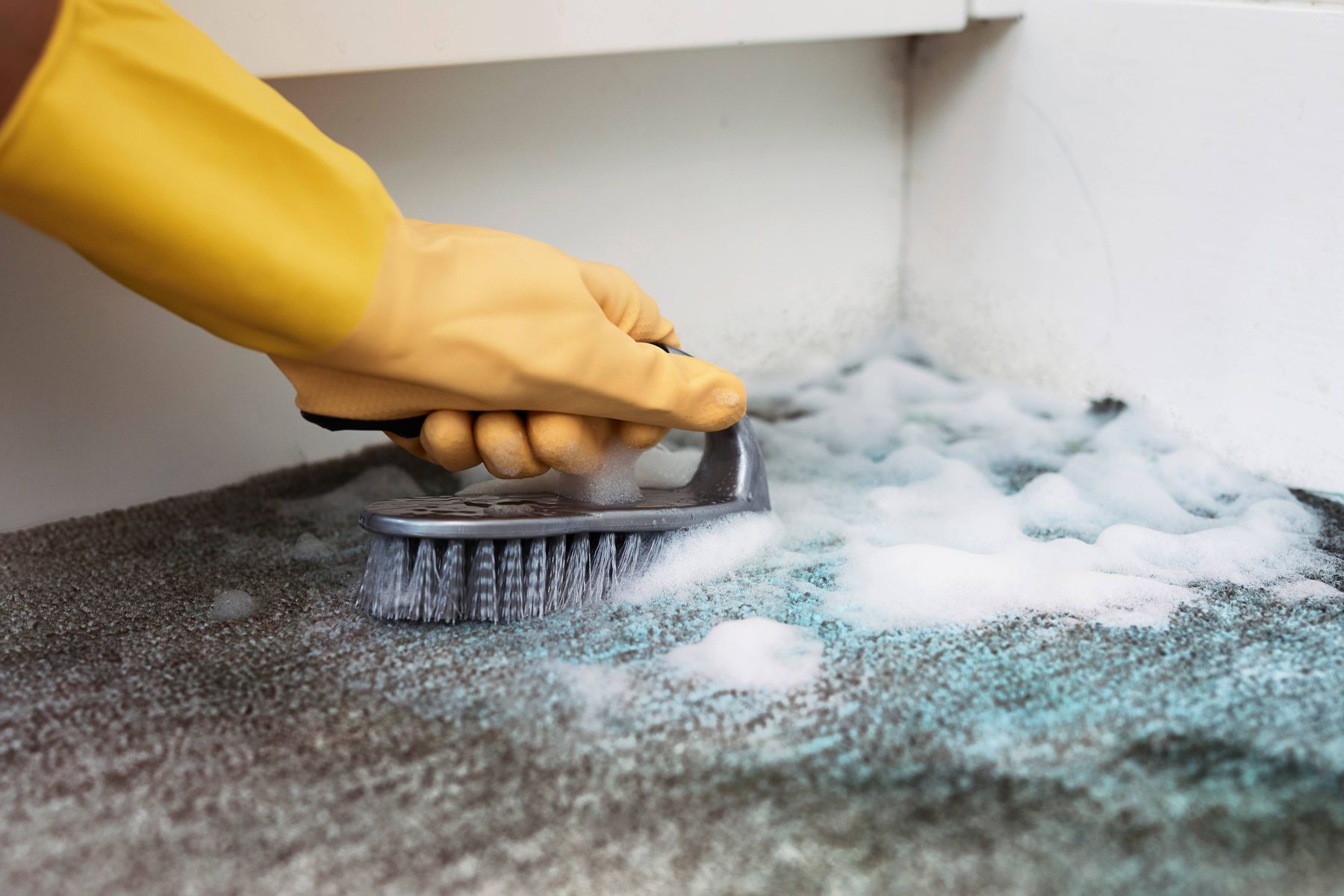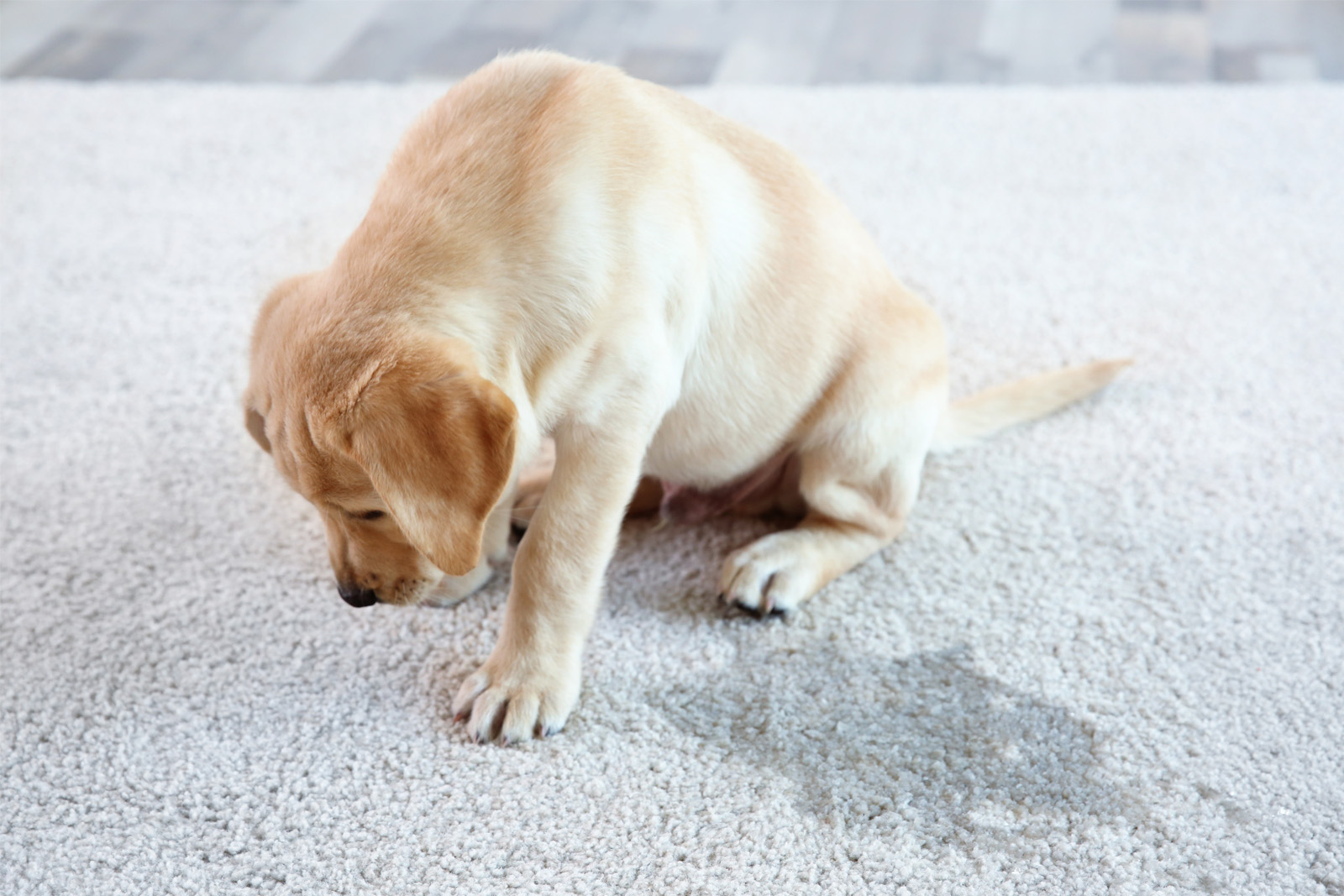
An unpleasant odor in your home could be caused by a variety of factors. Some odors indicate a potential threat, such as mold growth or decomposition, necessitating professional cleaning. Others, on the other hand, aren’t so grave. Find out what’s producing those strange odors and what techniques to follow for odor removal.
1) What is causing the musty odor in my home?
Mold flourishes in wet, warm, and dark environments, so if your property has been damaged by water or has a lot of humidity, the musty odor is most likely the consequence of mold. Mold can also be harmful to your health.
Symptoms of Mole Exposure
Mold removal not only eliminates odors, but also protects tenants from health hazards associated with mold exposure. Sneezing, runny or stuffy nose, coughing, itchy eyes, wheezing, and skin irritation are all allergy symptoms that mold-sensitive people may experience. It can also cause asthmatic symptoms such as coughing, wheezing, shortness of breath, and chest pain.
Mold exposure can also trigger irritating reactions, which manifest as coughing, runny nose, eye discomfort, and other symptoms similar to those of an allergic reaction: The afflicted area must be dried and the mold must be cleaned correctly for proper odor removal in your home.
Mold odor removal suggestions
Examine your home for any damp areas where mold could form. It’s important to remember that mold can hide in plain sight. If you can’t locate any mold traces, engage a restoration business; they have non-invasive moisture meters that can detect mold hidden behind walls, for example.

Scrub the surface with a mixture of household detergent and water once you’ve located the problematic region. Bleach destroys live mold but not mold spores, allowing mold to proliferate quicker. After that, use dehumidifiers and ventilation to dry the area. Before you start repainting or reconstructing, make sure the area is dry.
If the odor is coming from the carpet, address the moisture problem that is causing the musty odor first. Spray 1 cup white vinegar and 2 cups warm water on your carpet to deodorize it. Then, after a few hours, pour baking soda on the carpet. Restart the process if the odor continues. (Avoid potentially injuring delicate materials by conducting a spot test first.)
2) Tobacco Smoke Pervades My Home
What is the impact of cigarette smoke on your home?
Tobacco smoke produces odorous chemicals that adhere to all surfaces in the smoking area. Cigarette smoke also permeates odor-absorbing materials including carpets, furniture, beds, and clothing, among others. Furthermore, a building’s HVAC system can transport smoke odors and toxins throughout the building.
Tobacco residue is difficult to remove and necessitates the use of specialized equipment and services. If you want to try your hand at DIY cigarette smoke odor removal, here are a few pointers.
Cigarette odor removal solutions that work for the long haul
- To get rid of cigarette smoke odors, clean every surface and corner of the house thoroughly:
- Make sure all air filters, furnace filters, and air conditioner filters are clean or replaced.
- Use products containing ammonia and glycol, two odor-neutralizing ingredients, to clean the walls and ceilings. Check to see if the odor is still present after the walls have dried.
- Repaint the walls and ceilings with latex paint if you can still smell cigarette smoke after cleaning. Before painting, use an odor-resistant sealant.
- Clean all surfaces, fixtures, and items in the home, including the floors, windows, carpets, furniture, upholstery, draperies, and blinds. If the tobacco smoke is too stubborn to remove, hire a professional cleaning company.
Solutions for removing the odor of cigarettes in the short term
Try the following suggestions for low-cost short-term solutions:
- Invest in a home air purifier.
- Sprinkle baking soda on the carpets overnight to absorb odors, then vacuum the next day.
- To neutralize the odor, scatter white vinegar saucers throughout the house overnight.
- Invest in indoor plants that can absorb up to 87 percent of pollutants.
- Throughout the house, place small coffee bowls.
- Candles can be scented or unscented.
- Arrange orange peels around the house for decoration.
- Close all doors and windows for 24 hours while placing pineapple slices around the room.
- Activated charcoal bowls should be placed throughout the house.
*Be careful where you put these items in your home because they can harm children and pets if eaten.
It takes a long time and a lot of effort to completely eliminate the odor of cigarette smoke in a home. Call a professional smoke odor removal specialist if the situation is critical.
How odor removal from a property is done by professionals
It’s often difficult to get rid of tobacco residue because it’s present throughout the affected area. There isn’t a magic formula that magically removes odors and residues.
Tobacco residue and odor can only be removed by thoroughly cleaning all structural surfaces and then sealing them. Cleaning all surfaces is the first step in eliminating the odor of tobacco smoke. To help eliminate the tiniest particles of tobacco smoke, deodorizing agents are included in the cleanup.

After the technicians have cleaned the visible surfaces, it is frequently necessary to use specialized equipment to remove the last of the odors that are not readily accessible (such as inside walls or joints). Hydroxyl or ozone generators — professional equipment that effectively destroys odorous particles — are frequently used in this process.
The surfaces are then sealed with a smoke residue-sealing product. These have the ability to seal in even the most stubborn stains and odors. Finally, the surfaces will be ready to be painted, refinished, or covered with new finishes.
What about the items that are a little more delicate? Upholstery, bedding, draperies, and clothing absorb odors very well and are frequently damaged as a result. As a result, successful restoration is extremely difficult and may necessitate the use of specialists. However, in many cases, it is decided to simply replace the materials and items.
3) The smell of skunk spray or pet urine pervades my home
When it comes to odors that affect your home, skunk spray and severe pet urine odor are two of the most distressing. It is possible to control those odors, despite the fact that it is difficult. Here are some pointers on how to deodorize a house effectively.

How to get rid of skunk odor or pet urine
Surfaces that are impenetrable
If pet urine or skunk spray has been spilled on a nonporous surface like metal or plastic, a thorough cleaning is the first step and may be sufficient. You’ll need a strong detergent because the odorous substance contains natural oils that cause the smell. Warm water and a strong detergent should suffice, and the process should take no more than a few minutes. Rinse the surface with warm water after you’ve finished cleaning it. Repeat the procedure if the odor persists. To remove any residue left behind, rinse with warm water.
Surface with pores
Cleaning any porous surfaces that have been contaminated by pet urine or skunk, such as carpet, particleboard, or upholstery, is also the first step. Clean them like a nonporous surface. Because these surfaces are more difficult to clean, call a professional restoration company if your efforts are unsuccessful or the task becomes too overwhelming. Excessive pet urine damage creates a biohazard and should be removed and discarded as soon as possible.
Surfaces that are semi-porous
Cleaning semi-porous materials, such as most wood, with a water-detergent solution is also recommended. Allowing the detergent to penetrate the surface will assist in neutralizing the odor. However, if the wood has been severely harmed by urine or skunk spray, it will almost certainly have to be discarded. To increase your chances of restoring damaged semi-porous material, seek the help of a restoration company.




